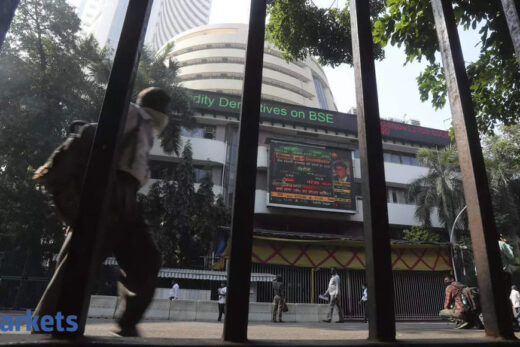Lord Voldemort blaming Lilly Potter for not having a nose when he was reborn in the
Goblet of Fire was an exercise in futility.
An exercise in futility is defined as an action or activity that is not worthwhile.
So, when India’s largest tyre maker MRF announced on February 11 that it would pay its shareholders a second interim dividend of Rs 3 per share, it felt like an exercise in futility.
On the day of the announcement, MRF’s stock was quoting a price of more than Rs 98,000 at one point. At Rs 3 per share, the interim dividend was so miniscule that you will have to add four zeros after a dot to write the dividend yield.
The dividend payout of Rs 1.27 crore perhaps may not even be worthwhile for the company to undertake the exercise, yet quarter after quarter the company has made a ritual of paying interim dividends of Rs 3 per share.
The company’s board does not see many issues with it. While the management feels it is justified to call its act ‘shareholder friendly’, its shareholders feel anything but that. Several shareholders took to social media to mock the dividend payout; some even went as far as to call it ‘anti-shareholder’.
“Wonder why they don’t remove quarterly dividends, investors get a few rupees!” a shareholder quipped on Twitter after the announcement.
While many will appreciate the management’s track record of paying regular quarterly dividend, others see it is an exercise with not much material benefit for the receiver.
The company’s dividend announcement is now fodder for the plethora of meme accounts on the Internet.
MRF has been one of the biggest wealth creators in India, as its stock has given absolute returns of 811,482 per cent since its listing in 1993. For investors, therefore, to term it ‘anti-shareholder’ seems harsh.
For the sake of its image and perception among shareholders, MRF will be better off not paying out such paltry interim dividends at all, and instead reward them with a larger final dividend.
Not paying dividend like you mean it is no better than not paying any dividend at all. MRF’s shareholders are more than ready to be patient for a larger bite of the company’s bountiful profits rather than just breadcrumbs every quarter.



